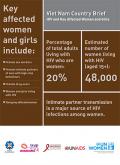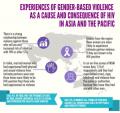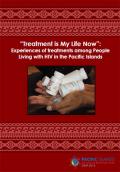Publications on People Living With HIV (PLHIV)

Resource | Reviews and Snapshots,
Typical of the pattern seen elsewhere in Asia, the epidemic in Philippines began with explosive growth of HIV among people who inject drugs (PWID); in Cebu, HIV prevalence in male PWID increased from 0.8% in 2005 to 52.4% in 2013. Recent surveillance indicates that HIV is spreading from Cebu to the neighbouring city of Mandaue, where prevalence has increased from 0% in 2009 to 42.3% in 2013 (IHBSS 2005 to 2013).
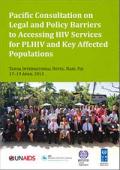
Resource | Publications,
The primary purpose of undertaking this seven-country consultation meeting in April 2013 was to identify the national laws and policies which need review and/or reform, or other programme initiatives which will increase access to rights-respecting HIV services by eliminating real or perceived impediments to delivery of equitable health services to all individuals and communities.
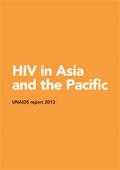
Resource | Publications,
This report provides an overview of the epidemic and the response in Asia and the Pacific as well as focus on critical progress and challenges in the achievement of the 10 targets, towards getting Asia and the Pacific to zero new infections, zero discrimination and zero AIDS deaths.
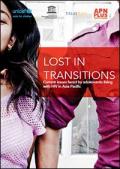
Resource | Publications,
This report aims to document and capture some of the experiences of adolescents living with HIV as they disclose their HIV status, deal with life-long antiretroviral treatment (ART), move from pediatric to adult health care services, navigate sexuality and relationships and build their independent lives.
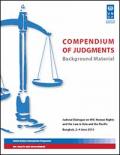
Resource | Publications,
Building on the work of the Global Commission on HIV and the Law, The Compendium of Judgments, HIV, Human Rights and the Law, is a collation of progressive jurisprudence on HIV-related matters that highlights how the law has been used to protect individual rights. The compendium presents a user-friendly compilation of judgments from different national and regional jurisdictions.
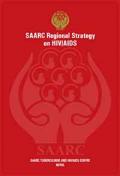
Resource | Publications,
The key commitment of the First SAARC Strategy was to urgently scale-up responses towards achieving the goal of universal access to comprehensive prevention, treatment, care and support by 2010. Though there have been significant improvements, these have not been uniform across all countries and there are pockets where HIV prevalence is on the increase. The current strategy is an effort to strengthen the regional responses based on lessons learned from the outcomes of the first SAARC Strategy on HIV/AIDS.






